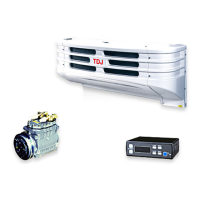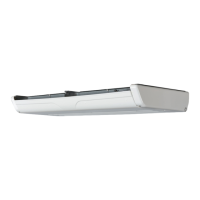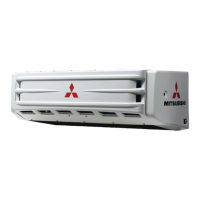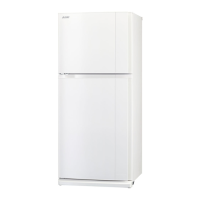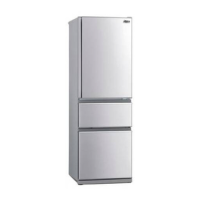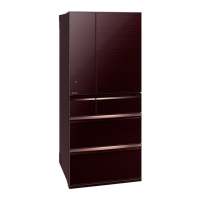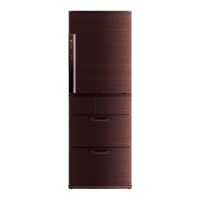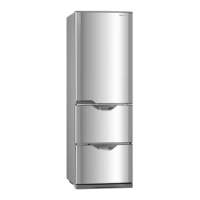-
51
-
1
5
2
6
3
7
9
4
8
10
6 Loading
Preparation before loading
1
Cargoes must be cooled down or heated up to the designated temperature
with other refrigeration device in advance.
2
Clean inside of the container.
3
Perform the inspection of the refrigeration unit and the body*.
(
Refer to page 53)
* Check with the body manufacturer for the items to be inspected.
4
Set the right temperature for transportation of the cargo and cool down or
heat up inside of the container to the setting temperature.
(
Refer to page 43)
NOTE
The temperature inside of the closed container may reach 60°C under a
●
blazing sun. Loading in such a container causes damages or deterioration
of the quality. Be sure to cool down inside of the container to the setting
temperature before loading.
When it is hardly cooled down, contact your nearest dealer before loading.
●
• Otherwise, it may cause damages of the cargoes or
deterioration of the quality. Or it may cause emergency stop of
the refrigeration unit.
When entering the container during loading or unloading
of cargos, be sure to stop the refrigeration unit.
When entering the cabinet during loading or unloading
of cargos, be sure to wear appropriate clothing or
protective gear suitable for the temperature.
Before loading, cool down or heat up inside of the
container to the appropriate setting temperature for
the transportation of cargoes. Cargoes must be cooled
down or heated up to the designated temperature with
other refrigeration device in advance.
CAUTION
6 Loading
1
5
2
6
3
7
9
4
8
10
Loading and unloading
Loading procedure
1
Stop the cooling operation. ( Refer to page 41)
2
Load the cargoes in the container.
Leave a space between the cargo and inner wall of the container as shown
in the following figure in order to circulate cool air.
More than 50 mm
Evaporator Lower than supply air outlet
More than 50 - 100 mm
More than 25 – 60 mm
More than 75 – 150 mm
More than 30 mm
More than 30 mm
Supply air outlet
3
Keep the top layer of the cargo as flat as possible.
Waterproof the cargoes if they need to be.
Water may drip or splash from the evaporator unit.•
When stacking cargos, secure safety.
When loading fragile cargos, use appropriate
protective materials.
It could damage cargos or cause injury or accident.•
4
When transporting any cargo to be protected from water damage,
cover the cargo placed under the evaporator unit or near its outlet with
waterproof sheet.
5
After completing loading, start the operation of the refrigeration unit.
(
Refer to page 41)
CAUTION

